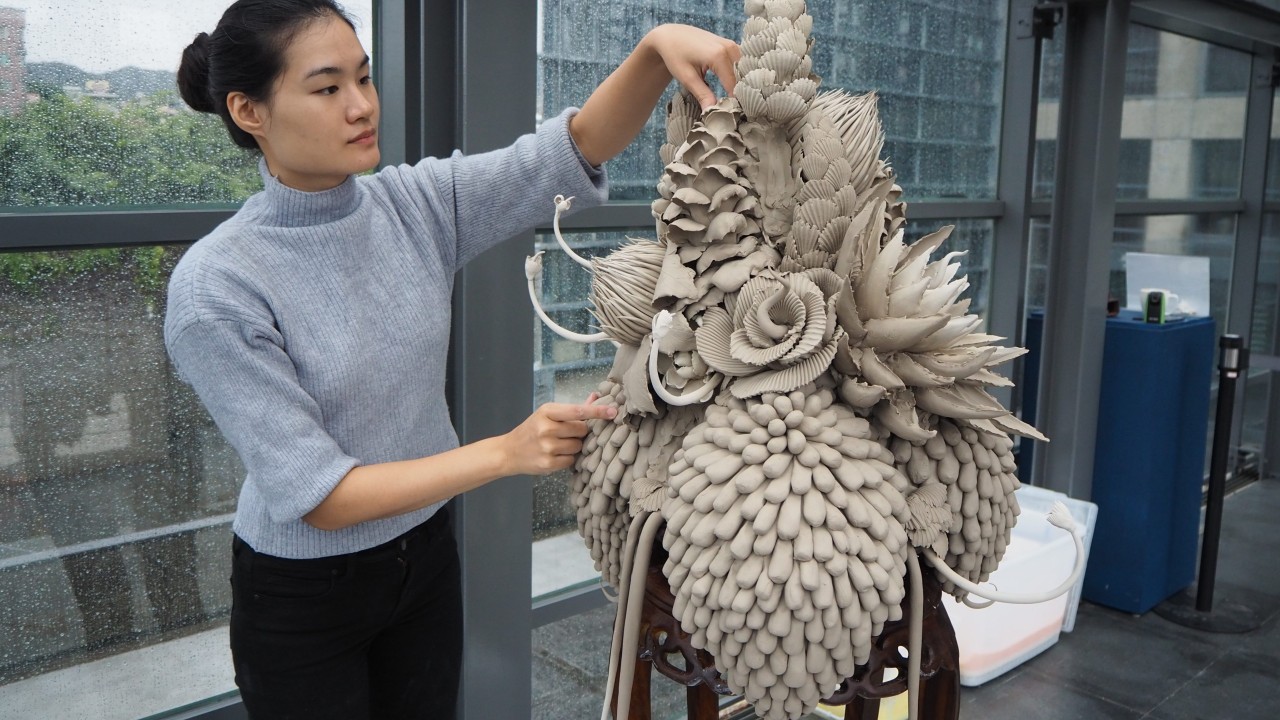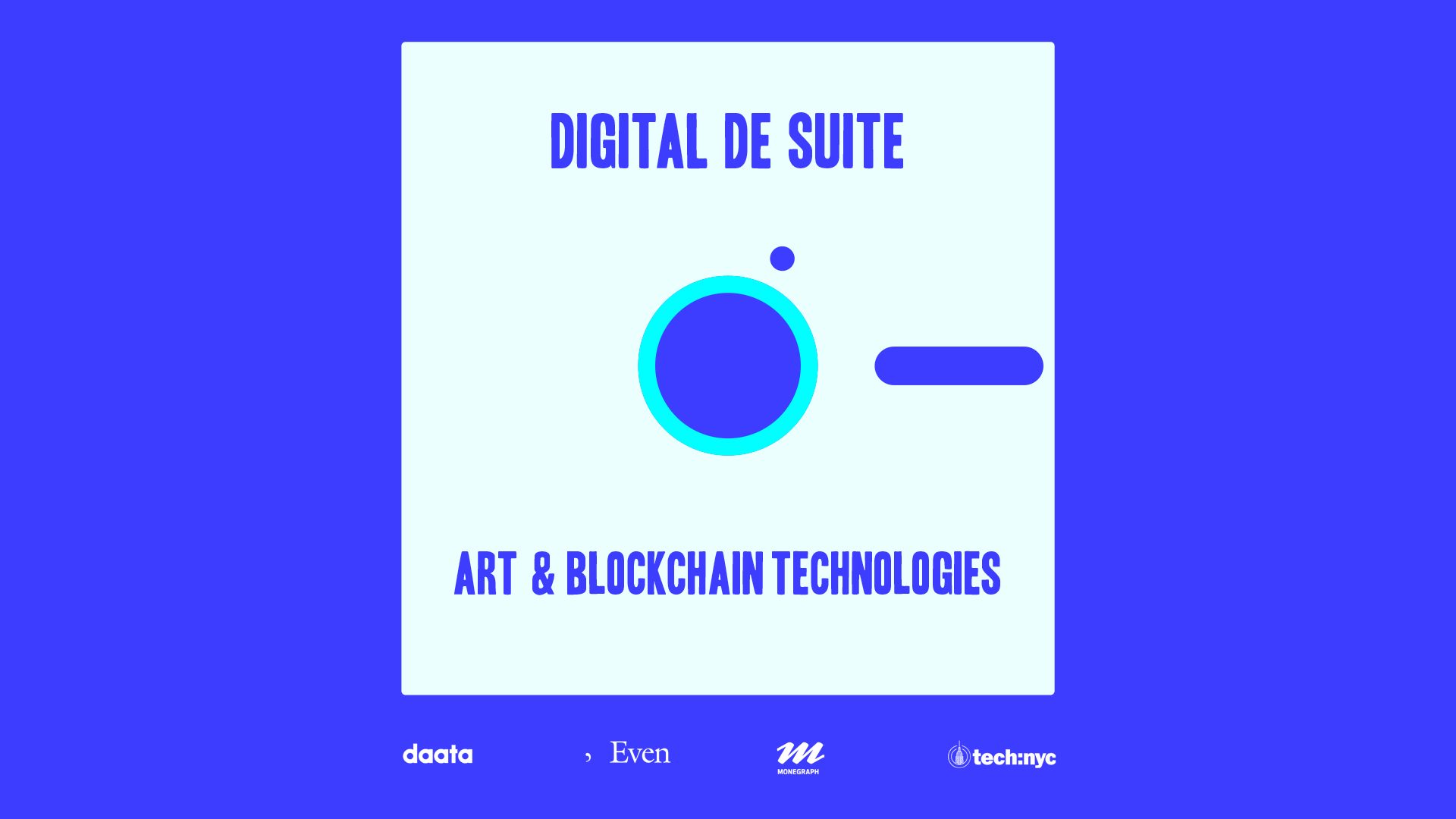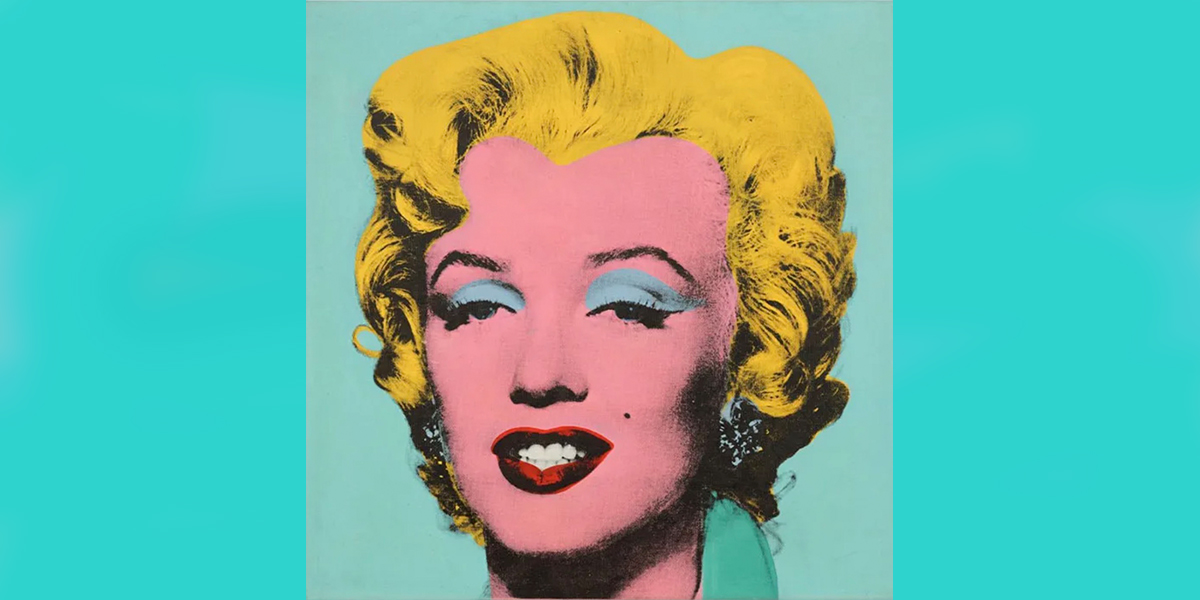Beyond Geography
2012 - Film & Video (Film & Video)
23:09 minutes
Li Ran
In his video work Beyond Geography , Li dramatizes the role of the artist-as-imitator to the point of sheer parody. Dressed to toe in the costume of a typical Discovery Channel adventurer-explorer, the artist dashes suavely through the uncharted jungle habitat of a primitive tribe. Li modulates his own voice in laughably accurate mimicry of the dubbed Discovery Channel protagonist familiar to Chinese viewership, daringly gulping fresh water from a river, expertly admiring exotic vegetation, and whimpering in fear of the dark sounds of the night (screaming, even, as he trips on a human skull) in an full-scale exaggeration of a nature show personality. None of these settings, however, is shot on “location” as the video takes place entirely in an empty 3-D digital film studio with a blue screen. Engaging in a near Brechtian conceit, Li deliberately keeps the studio space raw in order to remind us that these television programs are always deliberately artificial and produced. His project is entirely farcical, and just as there are not sets or props to lure the viewer into complacency, Li’s interactions with the indigenous tribesmen – whom Li “discovers” – becomes their own simulated performance of colonial appropriation and meetings of “first contact.” This narrative of appropriation carries throughout until, near the video’s end, Li (in full explorer persona) begins to make declarations about the tribe’s civilization, decreeing their cave paintings (never seen on camera) as masterpieces on par with Picasso and Mondrian. In assuming the guise of the pedantic academic, Li ends his video with a humorously condescending twist. At the same time, his video reminds us of the inherent dangers of confusing mediated representation with documentary while reminding us of the constant threat of cultural appropriation at play when we fail to see the blue screen for the the jungle and the artist for the explorer.
Li Ran produces video, installation, and performance-based works that examine various states of parody and simulacra in the digital world. Through performative narrative, reproduction, mimicry, and satire, Li Ran’s work straddles the line between fact and fiction in playful explorations of the meaning and making of truth. Li describes his own artwork with the language of architecture: that if an artwork is like a room, its meaning should be open and porous, not forced against a unilateral interpretation. This virtual-minded analogy is fitting, as Li’s practice increasingly hinges on the exploration of the non-reality within reality.
Colors:
Related works featuring themes of: » Appropriation Art, » Art and Technology, » Art in Art, » China, » Chinese
» see more

© » KADIST
Xiaoyun Chen
2006State Terrorism in the ultimate form of Pre-Raphaelite Brotherhood features a portrait of the artist wearing a zipped utilitarian jacket reminiscent of a worker’s uniform, with one arm behind his back as if forced to ingest a bundle of stick—a literal portrayal to the definition of fascism...

© » KADIST
Chen Shaoxiong
2006After engaging primarily with video and photography for more than a decade, Chen turned to painting to explore the issue of urban change and memories—both personal and collective...
Other related works, blended automatically
» see more
Related works sharing similar palette
» see more

© » KADIST
Jordan Kantor
2008Lens Flare and the series Untitled Basel Lens Flare (6168, 5950, 7497) were part of a solo project by the artist presented at ArtBasel in 2009...
Related works from the » 2010's created around » Beijing, China
» see more
Other works by: » Li Ran
» see more
Related artist(s) to: Li Ran » Biljana Ciric, » Carol Yinghua Lu, » Hu Yun, » Zhang Peili, » Anton Vidokle, » Boris Groys, » Huang Ran, » Josef Dabernig, » Liu Ding, » Nástio Mosquito
» see more

© » KADIST
Zhang Peili
2008In the video installation A Gust of Wind , Zhang continues to explore notions of perspective and melds them seamlessly with a veiled but incisive social critique...

© » KADIST
Anton Vidokle
2020Shot in Oliveto Lucano, a village in the south of Italy, AUTOTROFIA (meaning self-eating) by artist Anton Vidokle is a cinéma vérité style film that slides fictive characters into real situations, and vice-versa, to draw a prolonged meditation on the cycle of life, seasonal renewal, and ecological awareness...
Related works found in the same semantic group
» see more

© » KADIST
Christoph Draeger
2006In his performative action Subterranean Doomsday Vendor , Draeger positions himself in the subway system of Mexico City, as part of the common occurrence of bootleg media vendors...

© » SOUTH CHINA MORNING POST
Why these ephemeral clay artworks by ceramicist Ruth Ju-shih Li will crumble in front of your eyes | South China Morning Post Advertisement Advertisement Art + FOLLOW Get more with my NEWS A personalised news feed of stories that matter to you Learn more Taiwanese-Australian ceramicist Ruth Ju-shih Li installs an ephemeral clay artwork at the New Taipei City Yingge Ceramics Museum, in Taiwan, in 2019...













